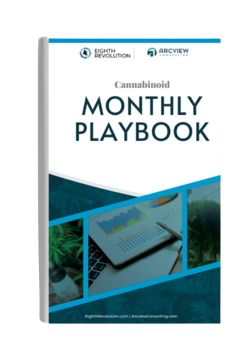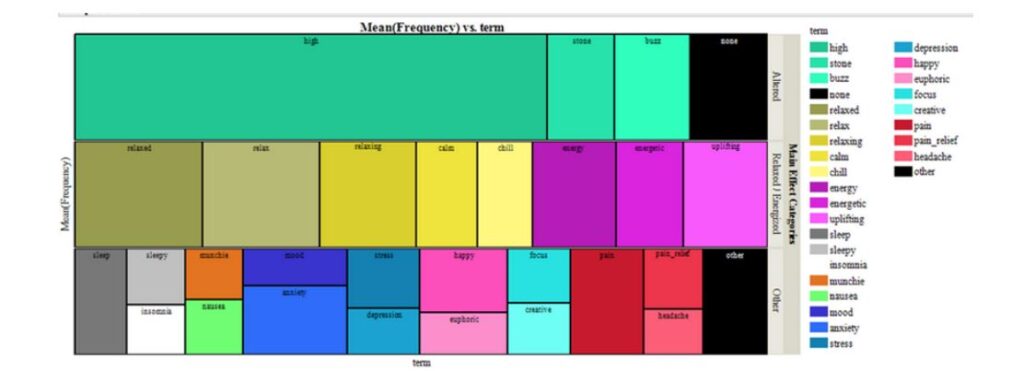Editors’ Note: This is the transcript version of the podcast. Please note that due to time and audio constraints, transcription may not be perfect. We encourage you to listen to the podcast, embedded below if you need any clarification. We hope you enjoy!
This week we are joined by Coleman Beale, CEO of Bastcore to discuss:
- Sustainability
- Sequestering Carbon
- Industrial Hemps Opportunities
- Textiles & US Manufacturing
About Bastcore The company has been consistently innovating, tailoring and perfecting the creation of premier hemp products from the bast and hurd (wood) and expanding the use-cases for the full hemp plant – sustainable use cases that benefit producers and manufacturers in construction, as well as textile (woven, and non-woven) industries.
Located in Alabama, BastCore is a leader in the natural fiber supply chain and the creator of the patented hemp technology that is helping to spur more efficient and broader use capabilities for the original fabric of America: HEMP.
At the farm, facility and warehouse are bales of hemp that the BastCore team harvest for use by textile brands, energy producers, green building companies, and more.
BastCore, an innovator in the technological advancements of hemp, invites you to experience what American HEMP can do for you.
https://www.linkedin.com/company/bastcore-llc/
#IndustrialHemp #Hemp #Hempuses
At Eighth Revolution (8th Rev), we provide services from capital to cannabinoid and everything in between in the cannabinoid industry.
8th Revolution Cannabinoid Playbook is an Industry-leading report covering the entire cannabis supply chain
The Dime is a top 5% most shared global podcast
The Dime is a top 50 Cannabis Podcast
Contact us directly at [email protected] Bryan Fields: @bryanfields24 Kellan Finney: @Kellan_Finney



